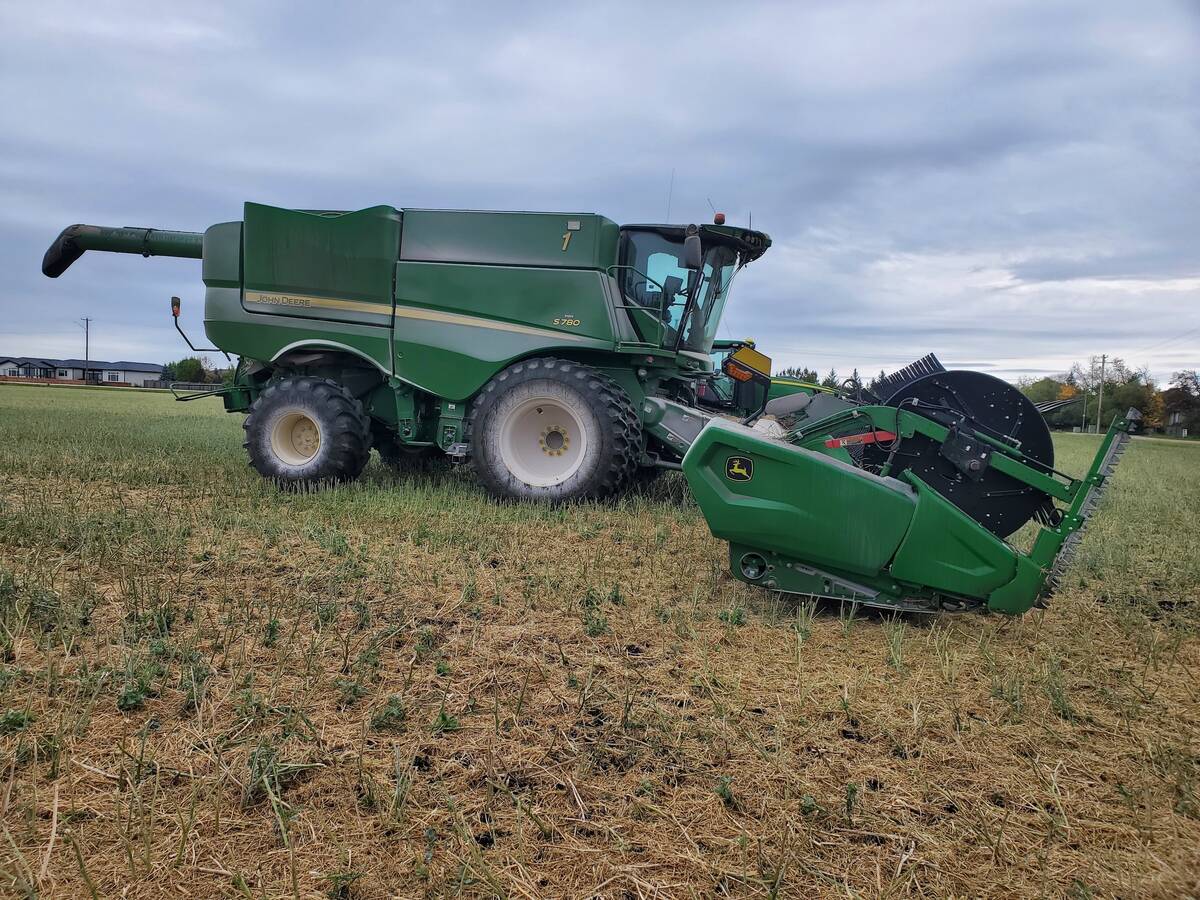PHOENIX, Arizona – Selling a cull cow is like selling a secondhand pickup truck.
If sellers tune it up, polish it and wipe off the dirt, they are almost sure to get more money.
But a recent American study found that not all cows are being sold in top condition.
“For the most part, the industry is doing a good job, but it needs to remember this is a food source that can earn some money,” said Tom Field, meat scientist from Colorado State University.
Read Also

Powdery mildew can be combine fire risk
Dust from powdery mildew can cause fires in combines.
Older cows provide an estimated 16 percent of a cow-calf operation’s revenue and four percent for a dairy farm.
Cull cows used to be written off as hamburger and processed meats, but more carcasses are finding their way into the retail and restaurant sector.
About 44 percent of the muscle product is sold as lean prime cuts for corporate buyers like Arby’s sandwiches and Las Vegas buffets, said Gary Smith of Colorado State.
To track the quality of culled cows, the National Cattlemen’s Beef Association sponsored cow audits in 1994 and 1999. Results of the most recent survey were announced at the annual convention in Phoenix.
The audit is important to Canadian producers because a large share of culled Canadian cows are slaughtered in the United States, where the lean meat market is larger and where slaughter plants are more plentiful.
The audit found problems in one percent of the 6.5 million cows and bulls that are killed each year in the U.S. Damage was found in bones, muscle and organ meats.
For the first time the audit found carcasses containing buckshot.
Other problems included bruises, brand-damaged hides, advanced cancer eye, injection site lesions and knobs formed by old scar tissue.
Arthritis and severe emaciation were also noted in beef and dairy cows, with some thin cows dressing out at 200 pounds, said Smith.
One percent of carcasses were condemned, while 24 percent of livers were rejected, 19 percent of the tripe and 9.5 percent of tongues.
The NCBA has endorsed a quality assurance code of ethics to improve the condition of market cows:
- Do not sell an animal that poses a known public health threat.
- Observe proper withdrawal times on all medication.
- Do not sell disabled or emaciated cows.
- Do not sell cows with uterine prolapses or fetal tissue clinging to them.
- Do not sell cows with eye lesions or lumpy jaws.
- Humanely euthanize those that cannot recover.
– DUCKWORTH
















